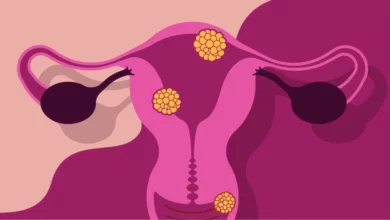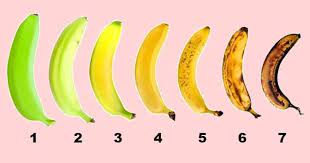Men and breast cancer
Breast cancer isn’t typically associated with men. However, male breast cancer can occur in rare instances at any age, although it’s more common in older men.
Many people don’t realize that men have breast tissue too, and those cells can undergo cancerous changes. Because male breast cells are much less developed than women’s breast cells, breast cancer in men isn’t as common.
The most common symptom of breast cancer in men is a lump in the breast tissue.
Other than a lump, symptoms of breast cancer in men include:
- thickening of the breast tissue
- nipple discharge
- redness or scaling of the nipple
- a nipple that retracts or turns inward
- unexplained redness, swelling, skin irritation, itchiness, or rash on the breast
Most men don’t regularly check their breast tissue for signs of lumps, so male breast cancer is often diagnosed much later.
When you visit your doctor with concerns about breast pain, tenderness, or a lump, there are common tests they might perform.
Physical examination
Your doctor will examine your breasts and the skin on your breasts, as well as check for nipple problems and discharge. They may also feel your breasts and armpits to look for lumps.
Medical history
Your doctor will ask you questions about your health history, including any medications you might be taking, as well as the medical history of immediate family members.
Because breast cancer can sometimes be related to your genes, it’s important to tell your doctor about any family history of breast cancer. Your doctor will also ask you about your symptoms, including when you first noticed them.
Mammogram
Your doctor may request a mammogram, which is an X-ray of the breast, to help distinguish between a benign and malignant mass.
Ultrasound
Ultrasonic sound waves can be used to produce an image of breast tissue.
MRI
Your doctor may suggest an MRI scan in conjunction with other tests. This is another noninvasive imaging test used to examine breast tissue.
Biopsy
This involves removing a small amount of breast tissue to be used for testing.
Types of breast cancer
There are two categories that reflect the nature of breast cancer:
- Noninvasive (in situ) cancer is cancer that hasn’t spread from the original tissue. This is referred to as stage 0.
- Invasive (infiltrating) cancer is cancer that has spread to surrounding tissues. These are categorized as stages 1, 2, 3, or 4.
The tissue affected determines the type of cancer:
- Ductal carcinoma is a cancer that forms in the lining of the milk ducts. This is the most common type of breast cancer.
- Lobular carcinoma is cancer in the lobules of the breast. The lobules are where milk is produced.
- Sarcoma is cancer in the breast’s connective tissue. This is a rare type of breast cancer.
Genes and hormones affect cancer growth
Geneticists are starting to learn how genes affect the growth of cancer and have even identified one: the HER2 gene. This gene fuels growth of breast cancer cells. Medications can help shut this gene down.
Like genes, hormones may also speed up the growth of some types of breast cancers that have hormone receptors.
- If a cancer is estrogen receptor-positive, it responds to estrogen.
- If a cancer is progesterone receptor-positive, it responds to progesterone.
- If a cancer is hormone receptor-negative, it has no hormone receptors.




